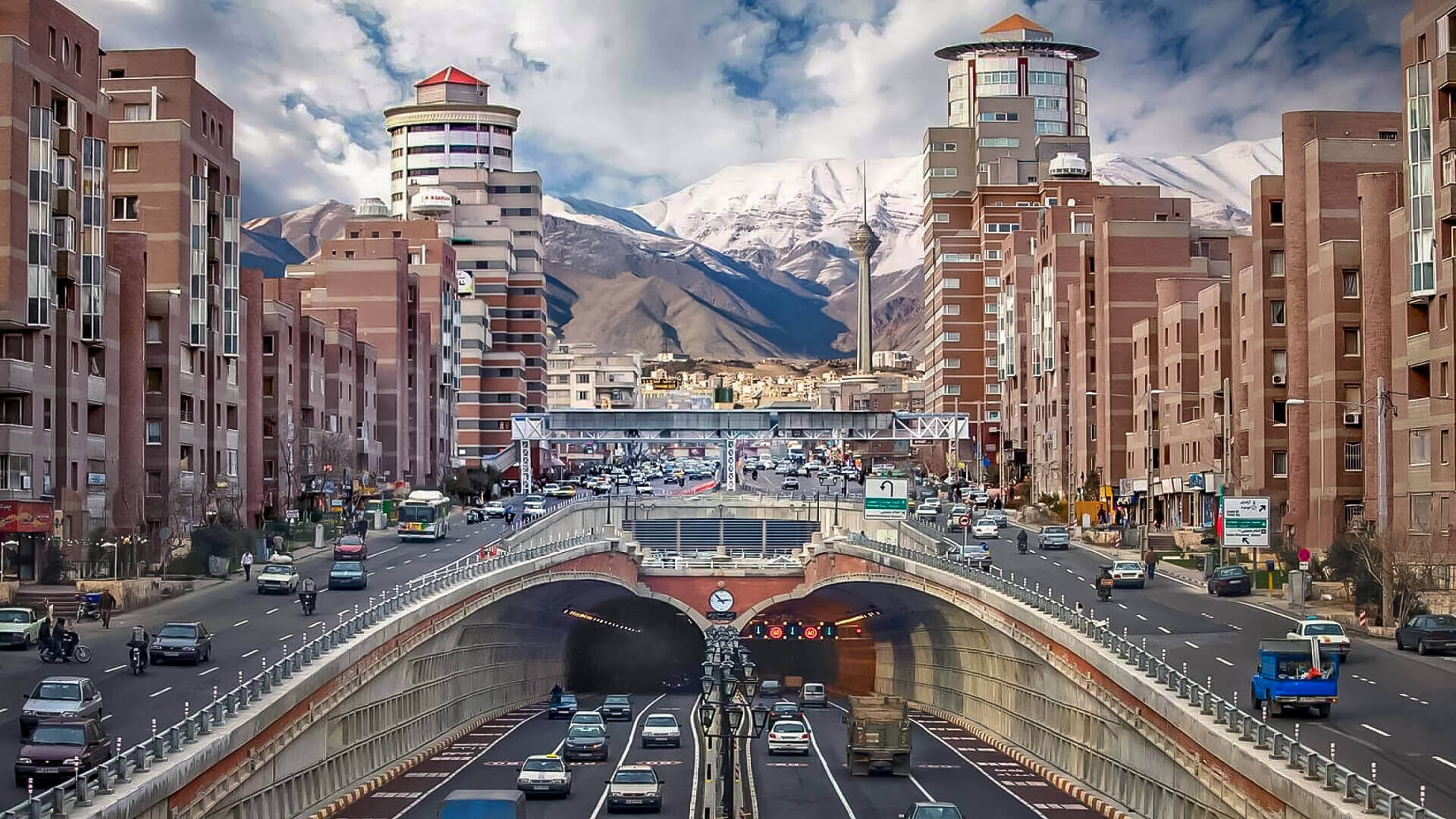Iran, commonly known as Persia, is a sovereign state in Western Asia. It is formally known as the Islamic Republic of Iran. It is bounded on the northwest by Armenia, the de facto Republic of Nagorno-Karabakh, and Azerbaijan; on the northeast by Turkmenistan; on the east by Afghanistan and Pakistan; on the south by the Persian Gulf and the Gulf of Oman; on the north by the Caspian Sea; and on the west by Turkey and Iraq. It is the second-largest nation in the Middle East and the 18th-largest country in the world, with a land area of 1,648,195 km2 (636,372 sq mi). Iran is the world’s seventeenth most populated nation, with 78.4 million people. It is the only nation having a coastline on both the Caspian Sea and the Indian Ocean. The country’s pivotal position in Eurasia and Western Asia, as well as its closeness to the Strait of Hormuz, making it very important geostrategically. Tehran is the capital and biggest city of Iran, as well as the country’s economic hub.
Iran is descended from one of the world’s oldest civilizations, dating all the way back to 3200–2800 BC, when the Proto-Elamite and Elamite kingdoms were formed. The territory was initially united by the Iranian Medes in 625 BC, who established themselves as the region’s main cultural and political force. Iran attained its greatest geographic extent under Cyrus the Great’s Achaemenid Empire, which extended from portions of Eastern Europe in the west to the Indus Valley in the east, making it the world’s biggest empire at the time. The empire fell around 330 BC as a result of Alexander the Great’s conquests, but quickly reemerged as the Parthian Empire. Iran regained prominence in the globe over the following four centuries under the Sassanid Dynasty.
Sunni Islam mainly replaced the indigenous religions of Manichaeism and Zoroastrianism when the Rashidun Arabs invaded Iran in 633 AD. Iran was a significant contribution to the subsequent Islamic Golden Age, generating many important scientists, philosophers, artists, and thinkers. In 1501, the emergence of the Safavid Dynasty resulted in the foundation of Twelver Shia Islam as Iran’s official religion, a watershed moment in Iranian and Muslim history. Iran had its largest geographical extent since the Sassanid Empire during the 18th century, temporarily possessing what was probably the world’s most powerful empire at the time under Nader Shah. Throughout the late 18th and early 19th centuries, a series of wars with Russia resulted in substantial territory losses and sovereignty degradation. Popular discontent culminated in 1906 with the establishment of a constitutional monarchy and the country’s first legislative body, the Majles. Following a coup sponsored by the United Kingdom and the United States in 1953, Iran progressively allied with the West but became more authoritarian. Dissent against foreign influence and political repression grew in strength, culminating in the 1979 Revolution and the creation of an Islamic republic.
Iran is a significant regional and intermediate power, and its vast fossil fuel deposits — which include the world’s biggest known natural gas reserves and the fourth-largest proved oil reserves — have a significant impact on worldwide energy security and the global economy. Iran’s illustrious cultural heritage is represented in part by its 21 UNESCO World Heritage Sites, which rank third in Asia and eleventh globally.
Iran is a founding member of the United Nations, the Economic Cooperation Organization, the North Atlantic Treaty Organization, the Organization of the Islamic Conference, and OPEC. Its political system is founded on the 1979 Constitution, which blends aspects of parliamentary democracy with a theocracy ruled by Islamic jurists under the idea of a Supreme Leader. A multiethnic and linguistically diverse nation, the majority of its people are Shia Muslims, and Persian is the official language.


